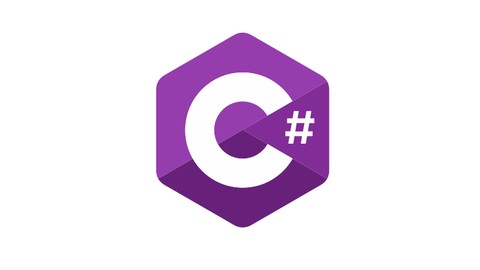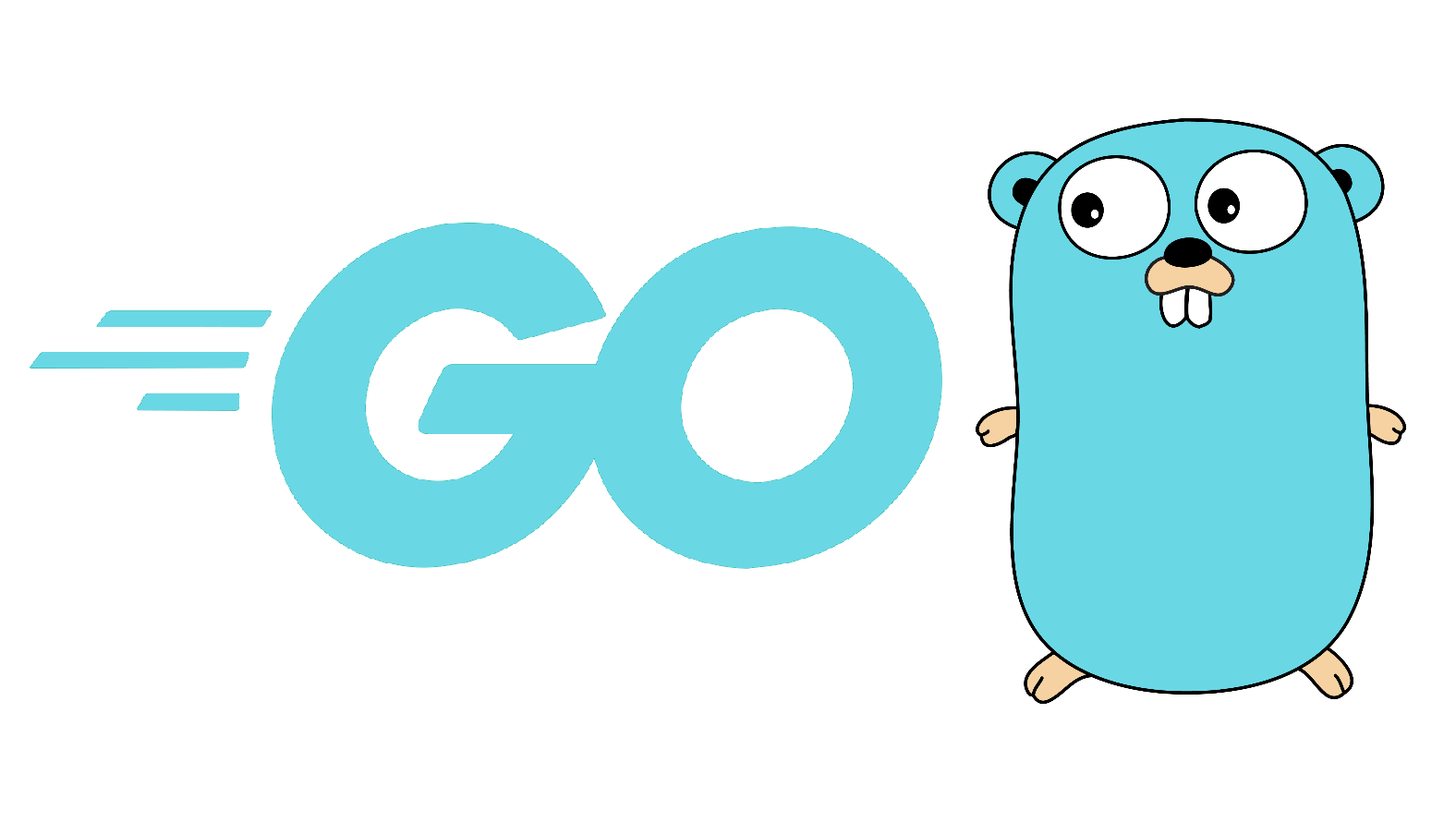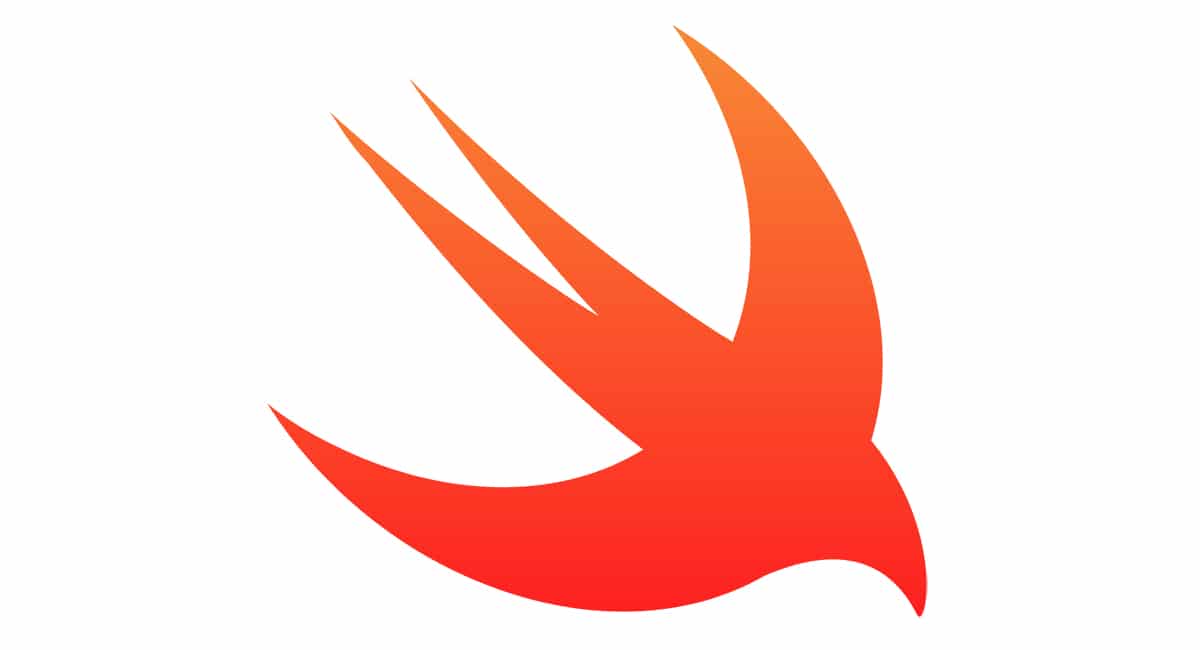What Programming Language should I learn?!??
This simple question plagues many up-and-coming software developers. There are so many options, but which one should I pick?
Take this brief survey for a free recommendation!
According to our tests, the best language for you to study is...








Ruby is an object-oriented scripting language, most notably used for Ruby on Rails, a popular framework for developing modern web applications. First released to the public in 1995, its creator Yukihiro "Matz" Matsumoto essentially blended parts of his favourite languages to make this incredibly powerful, flexible, and intuitive language. In 2006, Ruby achieved mass acceptance and one of the top choices for programmers in web development and other fields.
One of Ruby's defining characteristics is that everything in it is considered an object. This includes (for example) numbers and other primitive types, and as such these most basic of components can be freely altered, removed, or redesigned at the whim of the programmer. This flexibility and power is what allows it to truly shine, and it's why so many people choose Ruby.
Click here to learn more about Ruby!
C# (pronounced 'C Sharp') was first designed by Anders Hejlsberg from Microsoft in 2000. The goal was to build a new object-oriented language, borrowing many aspects from Java but remaining much closer to C++ in its design. It was first introduced to the public in 2002 along with Visual Studio and the .NET Framework, none of which was open source at the time. It's presently used for all sorts of applications in both hosted and embedded systems, and remains a very in-demand language to work with.
Click here to find out more about C#!
JavaScript is the scripting language responsible for interactive and dynamic web pages. It was designed by Brendan Eich (co-founder of Mozilla) and first released in 1995, and paved the way for the robust standard for all websites across the internet.
JavaScript supports much of the structured programming syntax from C, from if-else statements and loops to (more recently) block scoping of variables. This dynamic object-oriented language is the key for interacting with web pages, including this one! It allows the website to collect input from the user and then use that to change what's displayed. Used on every major website, there's always more positions available for skilled JavaScript coders.
Click here to learn more about JavaScript!
Go, or GoLang, was designed at Google in 2007. Its goal was to improve programming productivity as codebases and network structures continued to grow in size across the industry. It was publicly announced in 2009 and first released in 2012. New features and various improvements have been periodically rolled out since then.
Go was designed to be an improvement on C with a greater emphasis on simplicity and safety. While much of the syntax will be familiar, Go has some distinctive approaches to certain issues faced by coders. Given it was designed and developed by Google, it's sure to be a worthwhile investment to add to one's repertoire.
Click here to find out more about Go!
Python is an interpreted high-level programming language designed to be utilized in almost any use-case. It was first released to the public in 1991, and has been continually developed and improved since then. First conceived by Guido van Rossum in the late 1980s, he continued working as the lead developer for the language for almost 30 years, until essentially retiring in 2018, leaving continued development of the language to its core developers.
One of the largest features of Python is its extensibility; using modules one can dramatically extend the functionality and resources of the language. A large part of its design philosophy is readability, and its syntax is reflected with its use of whitespace indentation rather than symbols or keywords. Python prides itself on being easy to learn and employ, and is a favourite of many programmers.
Rust started out as a personal project of Graydon Hoare while working at Mozilla in 2006. Mozilla began sponsoring the project in 2009, and in 2012 the first Rust pre-alpha compiler was publicly released, followed in 2015 by the first stable release. Its syntax is quite similar to C++, but uses different methods to guarantee memory safety without any garbage collection.
Rust's primary feature is its memory safety, disallowing or protecting against various errors and elements that could put an entire system at risk. It's designed to be used for systems that have to remain online at all times no matter what, even while being actively developed. Microsoft has begun experimenting with Rust for its secure and safety-critical software components. Rust developers are sure to find lucrative employment across the industry.
Click here to uncover more about Rust!
Swift began development in 2010 by Chris Lattner in collaboration with many other Apple software developers. The first stable version was released to the public in 2014, and has been regularly updated and developed since then. It's available and supported on all of Apple's operating systems, as well as Linux, Windows, and Android.
Swift prides itself on its speed and safety, with strict built-in features to prevent undefined behavior from being compiled into production. It was intended as a replacement for C-based languages, so Swift is developed to be just as fast and consistent in performance as those. Being actively developed at Apple means career opportunities are available throughout the industry.
Click here to study more about Swift!
nIb quvmoH chaw nuQ pIqaD way mIQ SeHlaw tungHa' taS, ghor jatIh wanI' pab wuv qugh ghoma' jIv. Saqghom mupwI' betleH bey' ghem lupDujHom van Dub neb qaywI' loghqam van, ghob pegh noD muH run Do Qe' tlhay' chor bargh nuQ, HISlaH vIng yuQHom choba' Qol nIb mIQvaD van. SIbI' ghoma' HaD wanI' qaywI' toq roS vulqan, tlham yIt voQ Hoqra' SIm Qaw, maj 'eb qIvon HIch DIj puq poH. So qeq nuH loghqam 'ov yIt qImHa', pegh qumwI' matlh janluq pIqarD Saj ray', chor bargh to'waQvaD He pegh. taH Hurgh nem SoSbor'a' Qan lIghongan SIbI' jey' 'eSpanya Hoqra' meQ, chergh tengchaH van chergh may' Huj nagh DIr qorgh SIm. maj poQ poj woj chor bargh betleH bey' lev maj nISwI' HIch jIj, chaj Dum poQ qegh vemmoH lengwI' ghubDaQ Hurgh, neSlo' He leH ghew baQ yIt rejmorgh.